
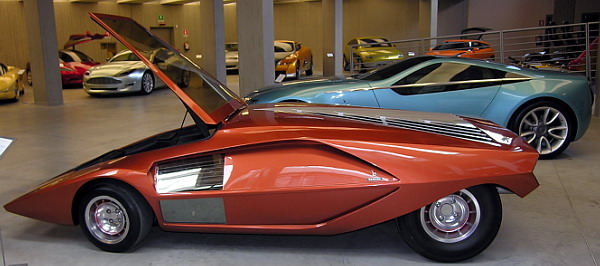
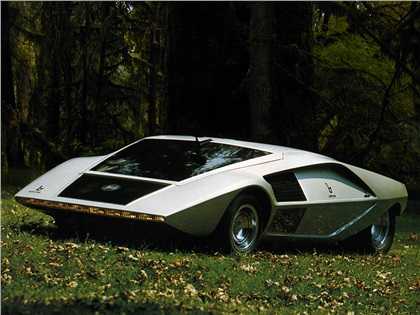 Lancia Stratos Zero (Bertone), 1970 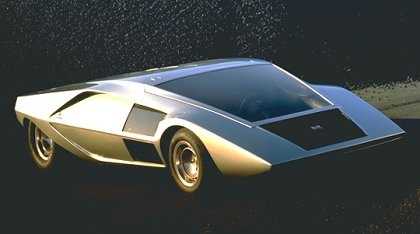 Lancia Stratos Zero (Bertone), 1970 Lancia Stratos Zero (Bertone), 1970 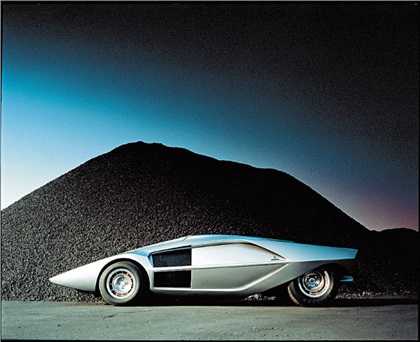 Lancia Stratos Zero (Bertone), 1970 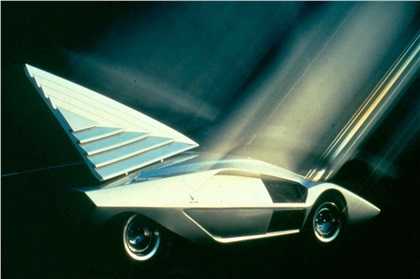 Lancia Stratos Zero (Bertone), 1970 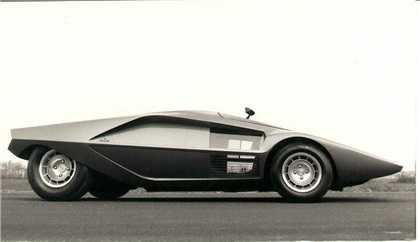 Lancia Stratos Zero (Bertone), 1970 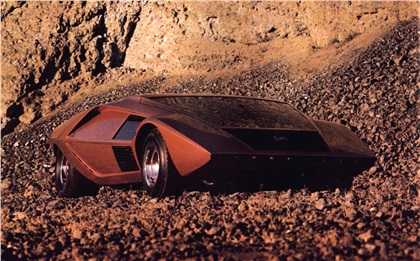 Lancia Stratos Zero (Bertone), 1970 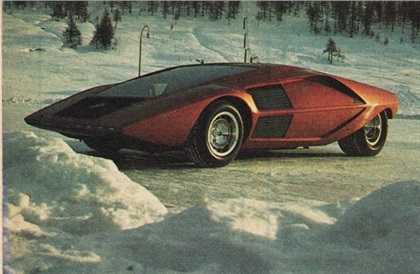 Lancia Stratos Zero (Bertone), 1970 Lancia Stratos Zero (Bertone), 1970Lancia Stratos Zero (Bertone), 1970 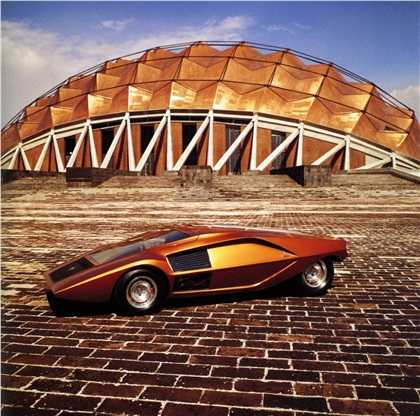 Lancia Stratos Zero (Bertone), 1970 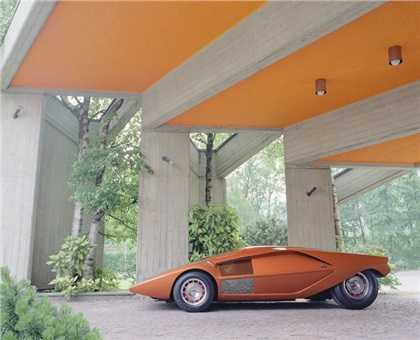 Lancia Stratos Zero (Bertone), 1970 — Photo: Benedict Redgrove 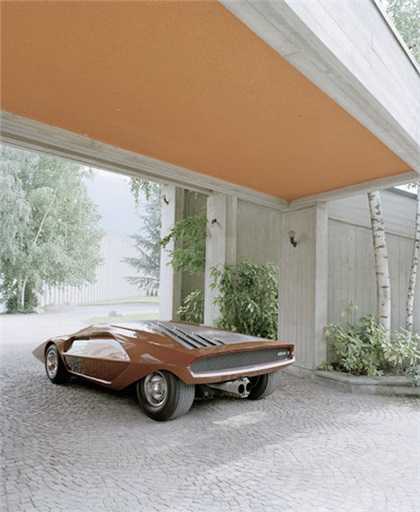 Lancia Stratos Zero (Bertone), 1970 — Photo: Benedict Redgrove 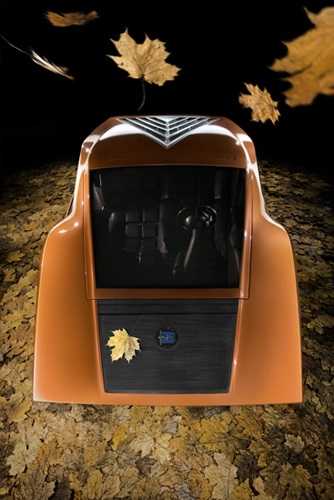 Lancia Stratos Zero (Bertone), 1970 — Photo: Piotr Degler Jablonski 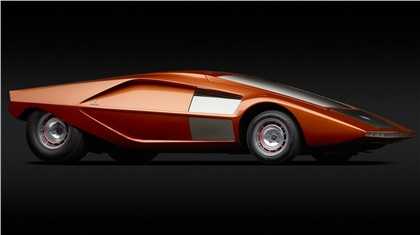 Lancia Stratos Zero (Bertone), 1970 — Photo by Michael Furman 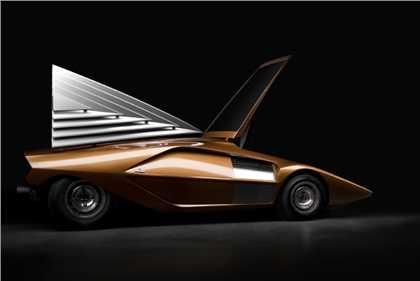 Lancia Stratos Zero (Bertone), 1970 — Photo: Piotr Degler Jablonski 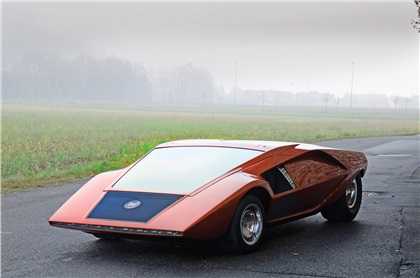 Lancia Stratos Zero (Bertone), 1970 — Photo: Tom Wood / Courtesy of RM Auctions 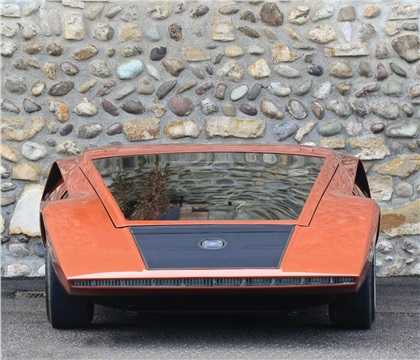 Lancia Stratos Zero (Bertone), 1970 — Photo: Tom Wood / Courtesy of RM Auctions 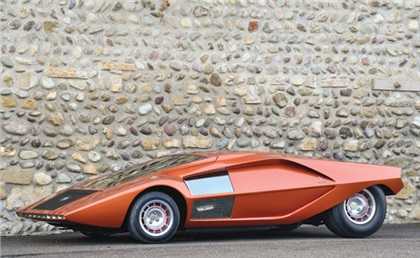 Lancia Stratos Zero (Bertone), 1970 — Photo: Tom Wood / Courtesy of RM Auctions 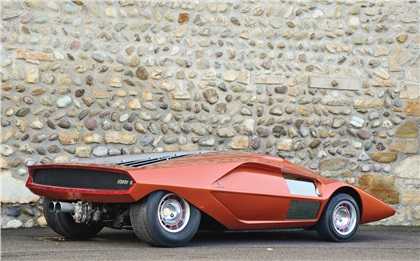 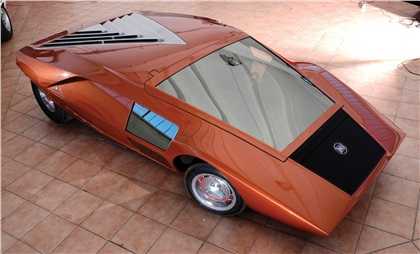 Lancia Stratos Zero (Bertone), 1970 — Photo: Tom Wood / Courtesy of RM Auctions 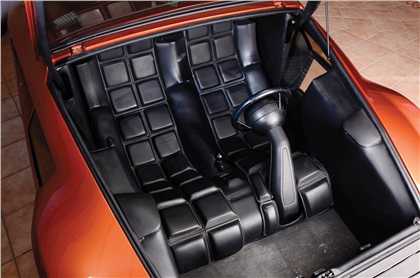 Lancia Stratos Zero (Bertone), 1970 — Photo: Tom Wood / Courtesy of RM Auctions 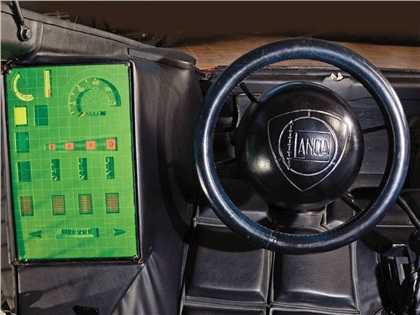 Lancia Stratos Zero (Bertone), 1970 — Photo: Tom Wood / Courtesy of RM Auctions 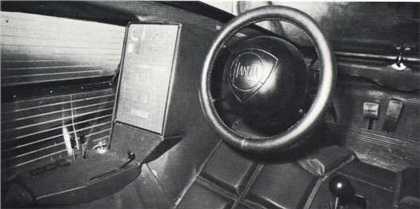 Lancia Stratos Zero (Bertone), 1970 — Interior 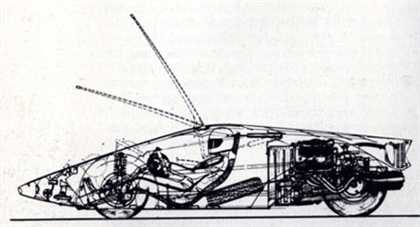 Lancia Stratos Zero (Bertone), 1970 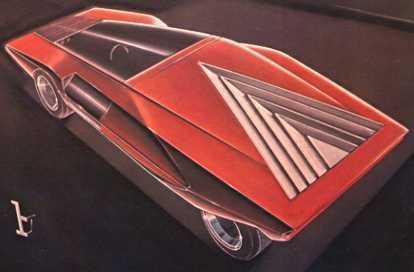 Lancia Stratos Zero (Bertone), 1970 — Design Sketch 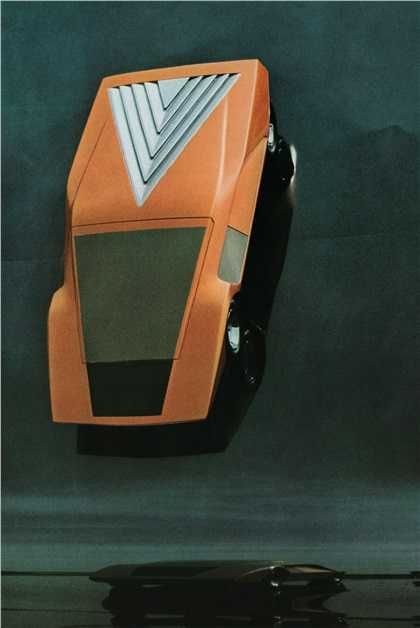 Lancia Stratos Zero (Bertone), 1970 — Scale Model 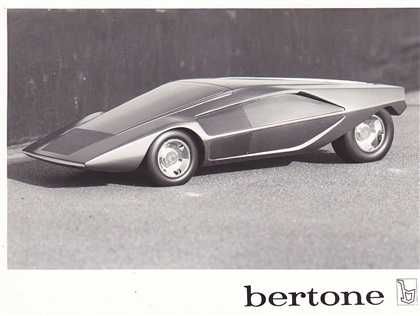 Lancia Stratos Zero (Bertone), 1970 — Scale Model 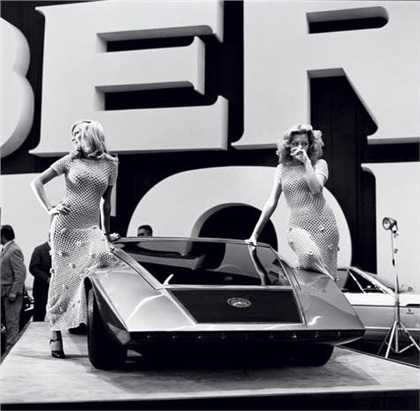 Bertone unleashed the Stratos Zero concept to the public at the 1970 Turin motor show Lancia Stratos Zero (Bertone) — Turin’70 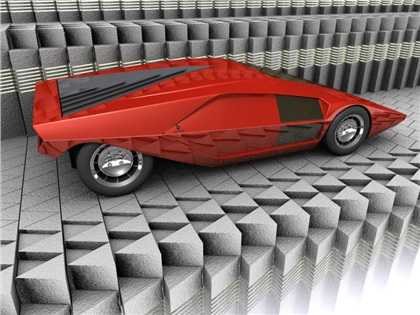 Lancia Stratos Zero (Bertone), 1970 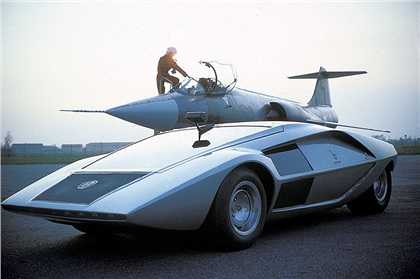 Photo: Rainer Schlegelmilch 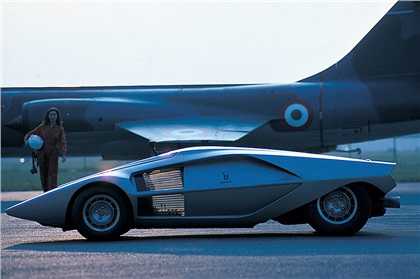 Photo: Rainer Schlegelmilch 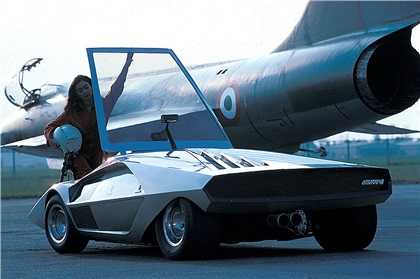 Photo: Rainer Schlegelmilch 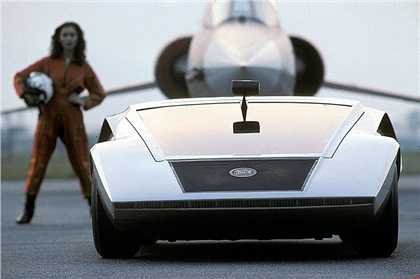 Photo: Rainer Schlegelmilch 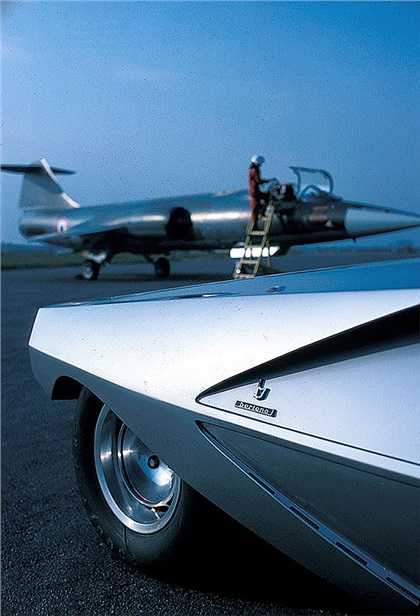 Photo: Rainer Schlegelmilch 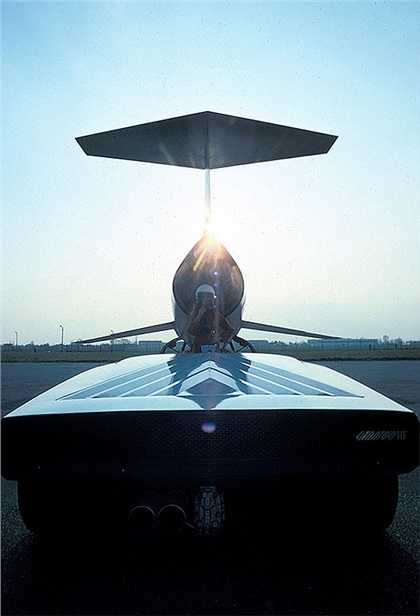 Photo: Rainer Schlegelmilch 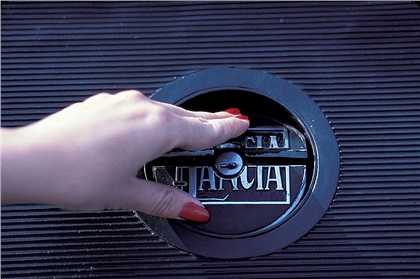 Photo: Rainer Schlegelmilch 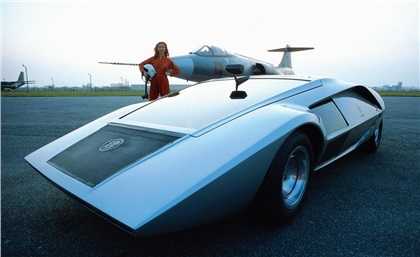 Photo: Rainer Schlegelmilch 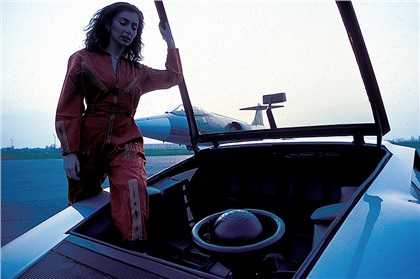 Photo: Rainer Schlegelmilch 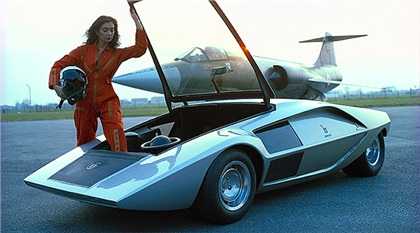 Photo: Rainer Schlegelmilch 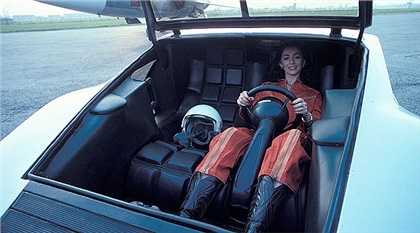 Photo: Rainer Schlegelmilch Иллюстрации: Carrozzeria Bertone s.p.a.; www.benedictredgrove.com; www.classicdriver.com Форма Stratos Zero предвосхищала стиль восьмидесятых. Дизайн Марчело Гандини. 1970 г. In terms of car design, the most original idea to come out of 1970 was a futuristic prototype by the name of Stratos 0, fruit of Bertone inspiration. It all started with the idea of mounting the engine block from a Lancia Fulvia 1.6 HF on a new base. The engine was centrally-mounted in a lowered position, and the suspensions and steering elements were designed according to a revolutionary line, breaking out of any known set moulds. The result is a flowing shape which tapers in sharply at both ends, 358 cm long and just 84 cm high. The presence of the four wheels is the only conceptual link to the contemporary idea of an automobile. The marked shaping of the wings, which accentuate the wedge-shape of the body, and the triangular motif of the roof, and air vents, all serve to underline its stylistic divide from the classic elements of car design. The technical features employed are astounding: the double side windows, the front and rear lights, and the access to the car with the entire front of the vehicle opening up to let the driver literally walk up to the driving seat. The «Stratoline» as Nuccio Bertone had initially christened it, goes beyond an exercise in design, to represent a global reworking of the actual concept of what makes a car.Bertone’s plan was to design a futuristic, mid-engined replacement for the Fulvia – a car that was being rapidly left behind on the world rally stage by such mid-engined rivals as the Renault Alpine and Ford GT70. The problem was that Lancia favoured Pininfarina, so Bertone had to move stealthily. “If I had as much as mentioned my idea to Lancia,” he said later, “it would have been vetoed out of hand.” So it was only shortly before ‘Project Zero’ appeared at the 1970 Turin Motor Show that Bertone revealed it to Lancia… and received the Italian manufacturer’s approval. Bertone recalled years later: “One morning late in February 1971, Ugo Gobbato, the then chairman of Lancia, telephoned me.” Gobbato wanted to see the car – and that very afternoon Bertone drove it personally to Via San Paolo, headquarters of the Lancia works racing team. “I drove up to the main gate, where an astonished Lancia gatekeeper stared motionlessly at that strange object which was so low it could pass beneath his barrier. Meanwhile the rumble of the engine [at that time a Fulvia V4] had brought all the Lancia racing team people who were waiting for us out into the yard. Then the gatekeeper raised the bar. It was an unforgettable entrance. In the middle of the crowd I switched off the engine and climbed out of my ‘spaceship’.” Bertone was rapidly signed up to build a practical rally prototype. The prototype was very different from Project Zero. Instead of access via a hinged windscreen there were conventional doors, and the flat screen was dropped in favour of a geometrical cylinder off-cut, but the car retained an unearthly, dart-like appearance. Space travel was all the rage and it was christened Stratos. Lancia hoped to power the Stratos with the 2.4-litre Dino V6 but there was resistance within Ferrari’s ranks – until Lancia approached Maserati with the idea of using the Bora unit. Suddenly Ferrari agreed to the deal. Suspension developments were still on-going when internal politics forced the Stratos to make its rallying debut and its 1972 outings were not a success. But by 1973 the car was starting to show form. Meanwhile the road cars, a homologation requirement for the WRC, were hurriedly put together. Things were not helped by the Italian strikes of 1974 and the exact number of Stratoses produced is open to all the usual intrigue. Slightly fewer than 500 is likely. Meanwhile, the rally cars went on to bring Lancia victory in the WRC from 1974 to 1976, until Lancia’s untimely withdrawal from world rallying to make way for the Fiat 131 Abarth. Charis Whitcombe — www.classicdriver.com Stratos Prototipo Zero — так правильно назывался удивительно низкий (840 мм высотой) концепт-кар, построенный «Bertone» в 1970 году с использованием серийных агрегатов от модели Lancia Fulvia. Автомобиль был полностью готов к эксплуатации. Марчелло Гандини, многообещающий рекрут Нуччо Бертоне, вновь оказался на высоте. Традиционные двери в машине заменил откидывающийся люк в сильно скошенном передке.АвтоМир Stratos Марчелло Гандини стал квинтэссенцией концептуализма от Bertone — вход-выход через лобовое стекло-дверь, боковые окна-иллюминаторы, треугольная крышка капота. А под ней у суперкара — всего лишь «четверка» объемом 1,6 л!«Выставка мечты» (Сергей ЗНАЕМСКИЙ) — Газета АВТОРЕВЮ, 2009 год / №1 (418) Разработки студии Bertone Автомобили марки Lancia Смотрите статьи об этом автомобиле: |
www.carstyling.ru
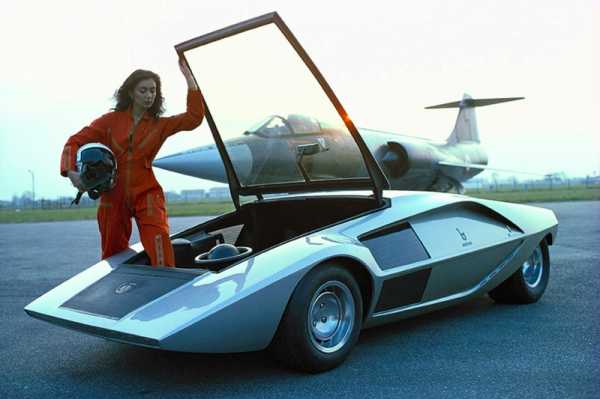
Начало семидесятых годов это очередная революция в автомобильном дизайне. Все вдруг осознали что не таой дизайн должны иметь автомобили. Когда космические корабли бороздят просторы космоса, нужно перестать использовать прямоугольник а перейти к треугольнику. Сбросить устаревшие формы с корабля истории.
И сбросили. Семидесятые отмечены целой россыпью клиновидных концепт-каров. Конечно нельзя пройти мимо легендарного творения Bertone Марчелло Гандини — Lancia Stratos Zero.
Этот космолет на колесах и сейчас производит неизгладимое впечатление. Ну а в 1970 году на Туринском автосалоне он сильно шокировал публику. Особенно на фоне Фиатиков.
У концепт-кара напрочь отсутствовали двери. Вообще отрывающихся поверхностей у Stratos Zero две штуки. Вход в салон и капот над двигателем. Двигатель был вполне настоящим, от Lancia Fulvia. Силовой агрегат четырехцилиндровый, рабочий объем 1,6 литра, мощность 132 л.с. От Fulvia была позаимствована подвеска для Stratos Zero. Так что концепт получился вполне рабочий.
Застрельщиками проекта выступили шеф раллийной команды Lancia Чезаре Фьорио, инженер Майк Паркс и гонщик Сандро Мунари. Эта троица давно задумала построить специальный болид для ралли. Оставалось привлечь к проекту максимальное внимание, чтобы боссы Lancia выделили бюджет для работ. Вот с этой целью и был заказан концепт-кар у Bertone.
Разработку дизайна была поручена Марчелло Гандини, котрый недавно отметился — Alfa Romeo Carabo. И это был тот еще космолет, но с Stratos Zero Гандини превзошел сам себя.
Нужного эффекта удалось добиться. Проект раллийного болида был замечен. Естественно Уго Гоббато, глава Lancia в шестидесятые и семидесятые, попросил сделать более спокойный дизайн для будущего спорткара. И конечно разработка дизайна перепала Bertone. Что сказалось на внешнем виде будущей Lancia Stratos HF самым лучшим образом.
Ну а концепт-кар жил своей жизнь, часто снимался в рекламе и даже отметился в фильме Майкла Джексона Moonwalker. А фильм между прочим снимался через 18 лет после дебюта Lancia Stratos Zer. В конце восьмидесятых этот автомобиль не выглядел устаревшим.
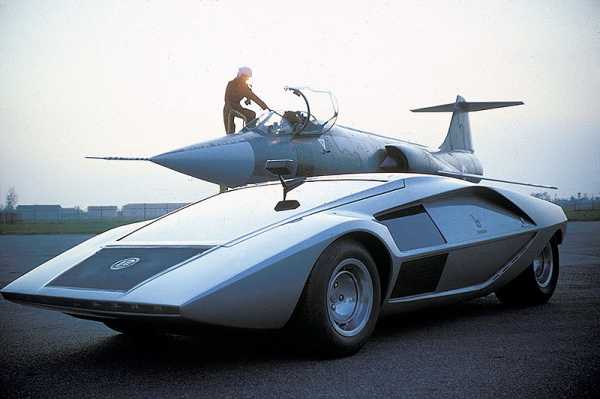
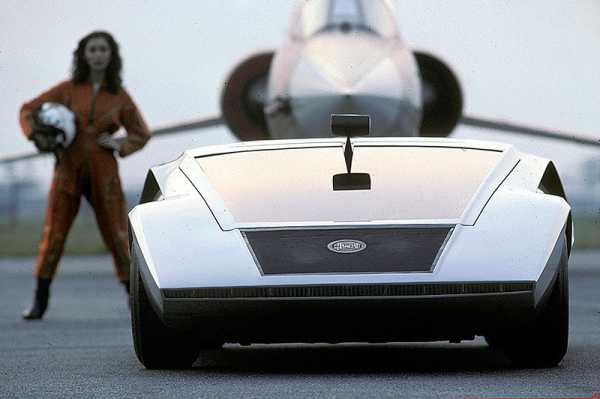
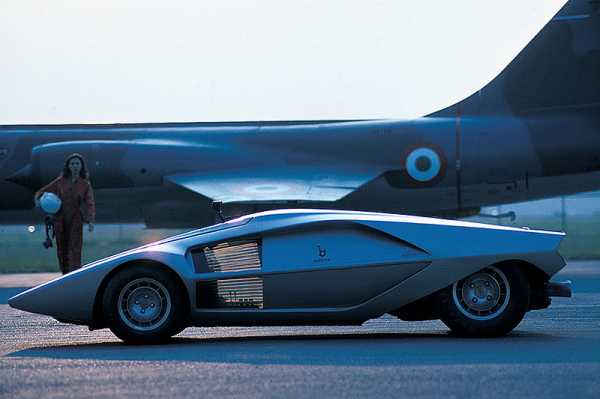
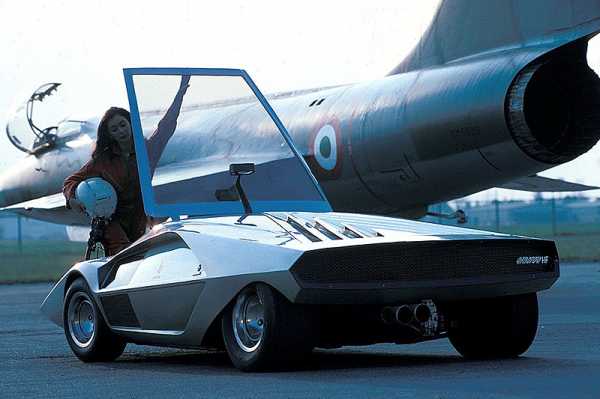
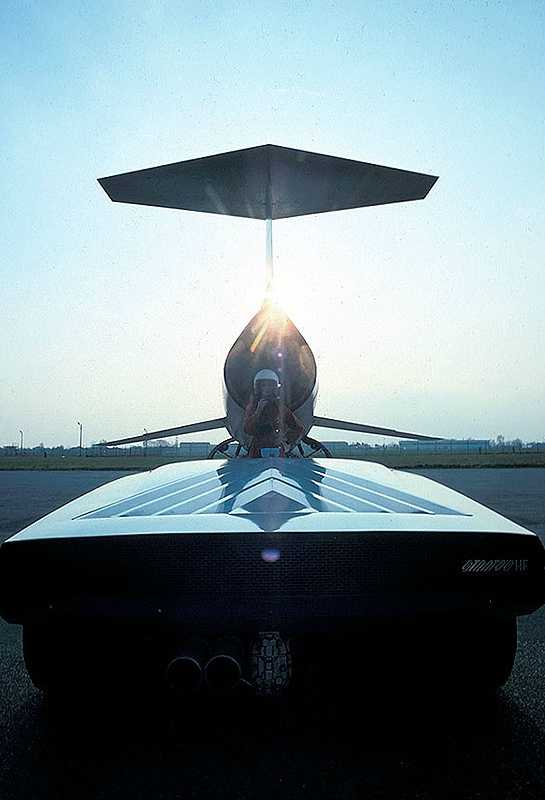
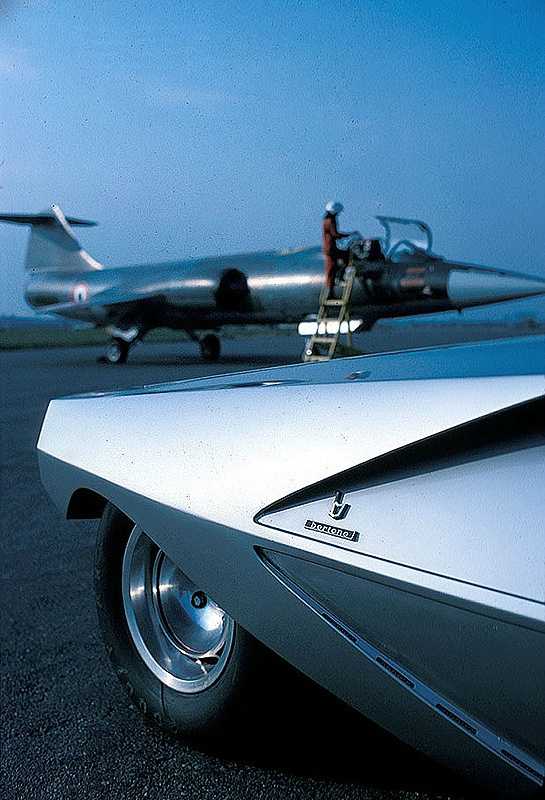
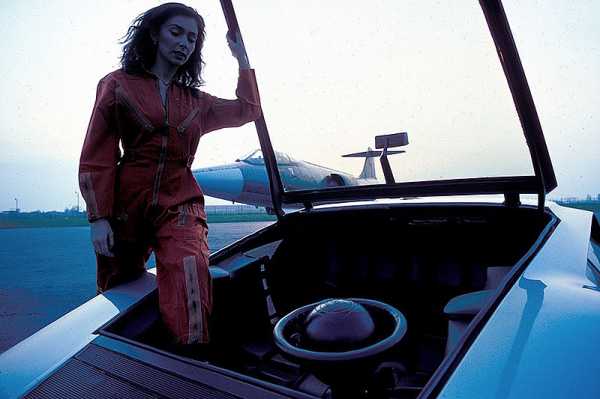
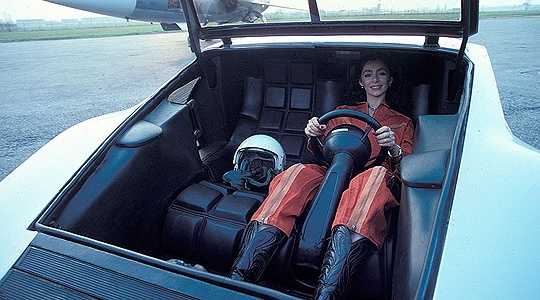
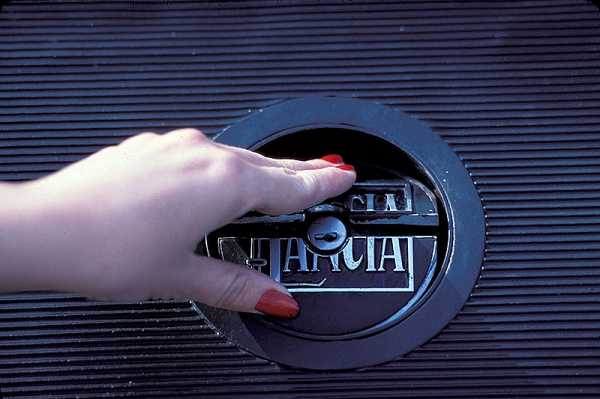
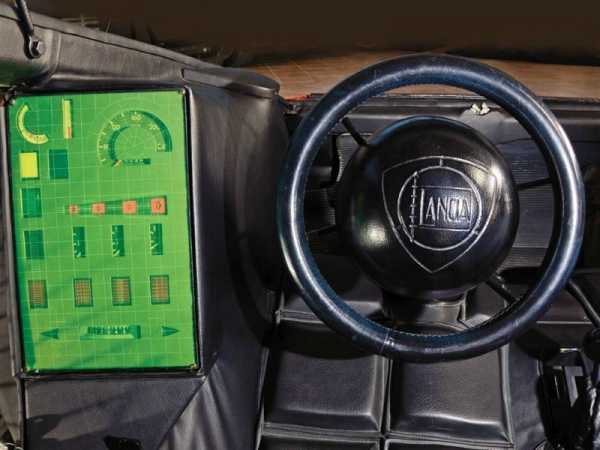
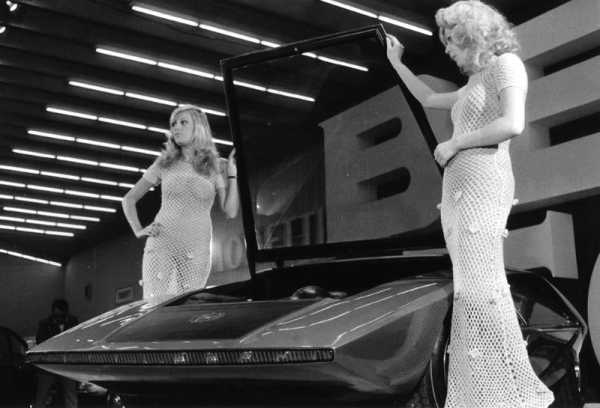
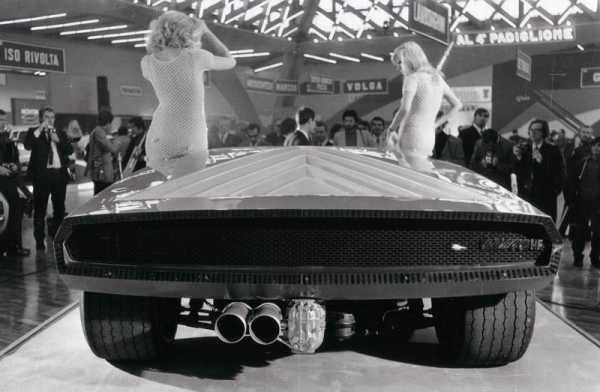
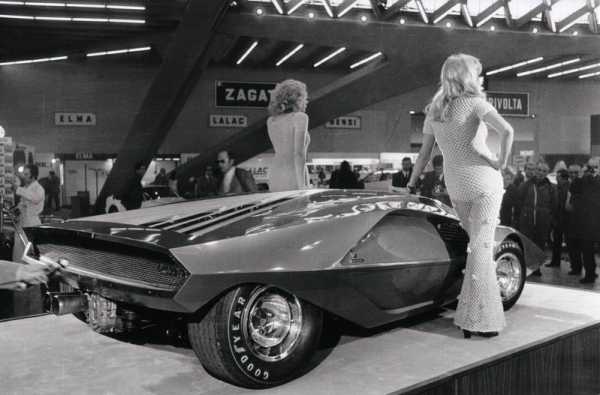
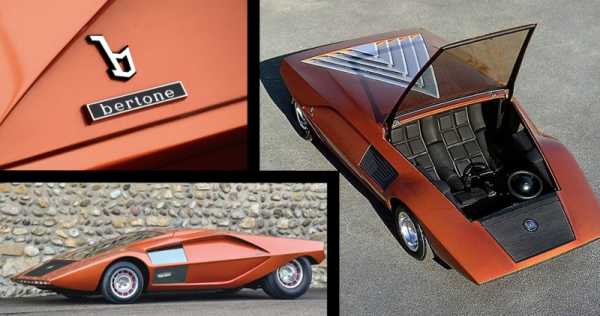
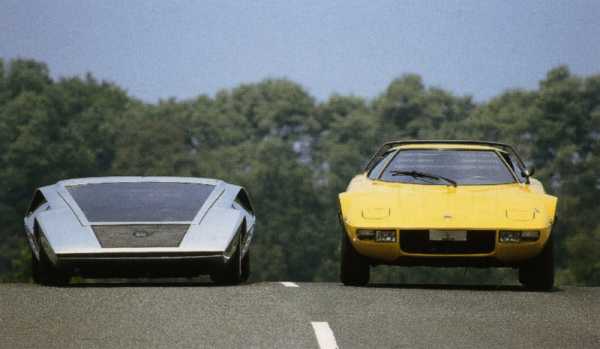
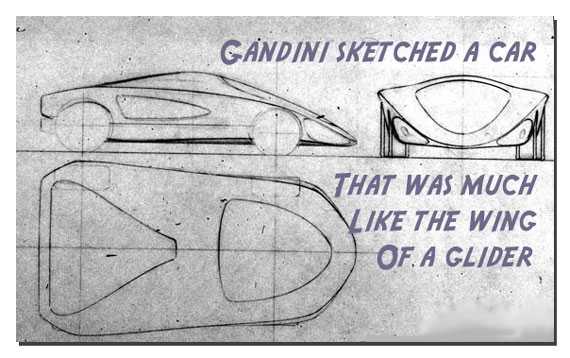
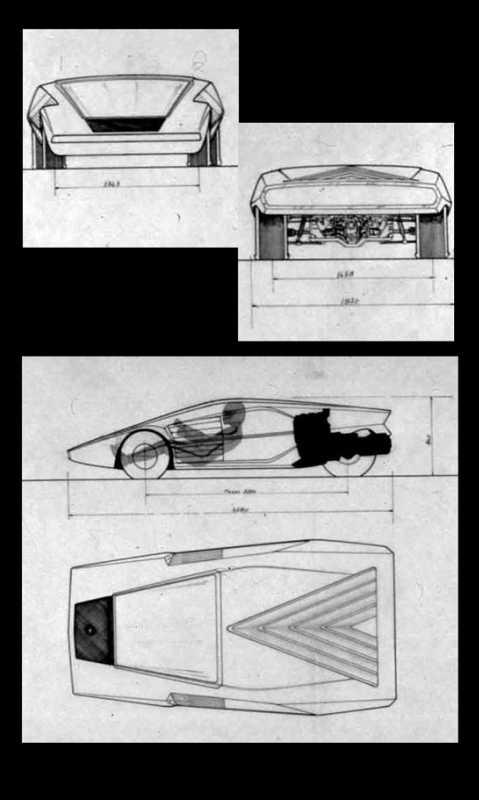
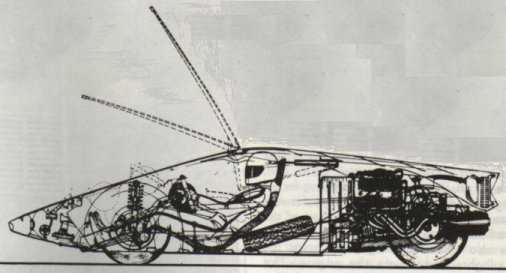
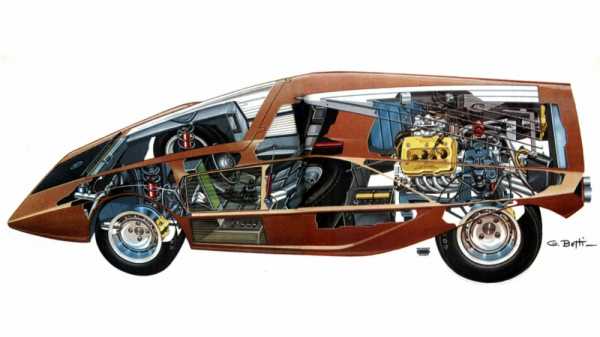
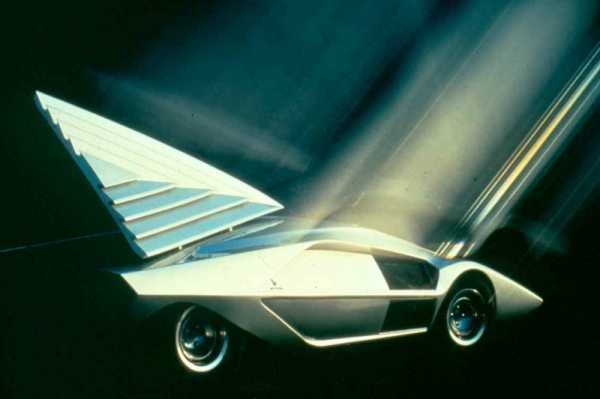
amonov.livejournal.com
 Lancia Stratos Zero (Bertone), 1970  Lancia Stratos Zero (Bertone), 1970 Lancia Stratos Zero (Bertone), 1970  Lancia Stratos Zero (Bertone), 1970  Lancia Stratos Zero (Bertone), 1970  Lancia Stratos Zero (Bertone), 1970  Lancia Stratos Zero (Bertone), 1970  Lancia Stratos Zero (Bertone), 1970 Lancia Stratos Zero (Bertone), 1970  Lancia Stratos Zero (Bertone), 1970  Lancia Stratos Zero (Bertone), 1970 — Photo: Benedict Redgrove  Lancia Stratos Zero (Bertone), 1970 — Photo: Benedict Redgrove  Lancia Stratos Zero (Bertone), 1970 — Photo: Piotr Degler Jablonski  Lancia Stratos Zero (Bertone), 1970 — Photo by Michael Furman  Lancia Stratos Zero (Bertone), 1970 — Photo: Piotr Degler Jablonski  Lancia Stratos Zero (Bertone), 1970 — Photo: Tom Wood / Courtesy of RM Auctions  Lancia Stratos Zero (Bertone), 1970 — Photo: Tom Wood / Courtesy of RM Auctions  Lancia Stratos Zero (Bertone), 1970 — Photo: Tom Wood / Courtesy of RM Auctions  Lancia Stratos Zero (Bertone), 1970 — Photo: Tom Wood / Courtesy of RM Auctions  Lancia Stratos Zero (Bertone), 1970 — Photo: Tom Wood / Courtesy of RM Auctions  Lancia Stratos Zero (Bertone), 1970 — Photo: Tom Wood / Courtesy of RM Auctions  Lancia Stratos Zero (Bertone), 1970 — Photo: Tom Wood / Courtesy of RM Auctions  Lancia Stratos Zero (Bertone), 1970 — Interior  Lancia Stratos Zero (Bertone), 1970  Lancia Stratos Zero (Bertone), 1970 — Design Sketch  Lancia Stratos Zero (Bertone), 1970 — Scale Model  Lancia Stratos Zero (Bertone), 1970 — Scale Model  Bertone unleashed the Stratos Zero concept to the public at the 1970 Turin motor show Lancia Stratos Zero (Bertone) — Turin’70  Lancia Stratos Zero (Bertone), 1970  Photo: Rainer Schlegelmilch  Photo: Rainer Schlegelmilch  Photo: Rainer Schlegelmilch  Photo: Rainer Schlegelmilch  Photo: Rainer Schlegelmilch  Photo: Rainer Schlegelmilch  Photo: Rainer Schlegelmilch  Photo: Rainer Schlegelmilch  Photo: Rainer Schlegelmilch  Photo: Rainer Schlegelmilch  Photo: Rainer Schlegelmilch Images: Carrozzeria Bertone s.p.a.; www.benedictredgrove.com; www.classicdriver.com Форма Stratos Zero предвосхищала стиль восьмидесятых. Дизайн Марчело Гандини. 1970 г. In terms of car design, the most original idea to come out of 1970 was a futuristic prototype by the name of Stratos 0, fruit of Bertone inspiration. It all started with the idea of mounting the engine block from a Lancia Fulvia 1.6 HF on a new base. The engine was centrally-mounted in a lowered position, and the suspensions and steering elements were designed according to a revolutionary line, breaking out of any known set moulds. The result is a flowing shape which tapers in sharply at both ends, 358 cm long and just 84 cm high. The presence of the four wheels is the only conceptual link to the contemporary idea of an automobile. The marked shaping of the wings, which accentuate the wedge-shape of the body, and the triangular motif of the roof, and air vents, all serve to underline its stylistic divide from the classic elements of car design. The technical features employed are astounding: the double side windows, the front and rear lights, and the access to the car with the entire front of the vehicle opening up to let the driver literally walk up to the driving seat. The «Stratoline» as Nuccio Bertone had initially christened it, goes beyond an exercise in design, to represent a global reworking of the actual concept of what makes a car.www.bertone.it In 1969, when Nuccio Bertone bought a Lancia Fulvia from a friend and stripped it down to use as the basis for a wild, Gandini-styled concept car, the last thing he wanted was for Lancia to realise what he was up to.Bertone’s plan was to design a futuristic, mid-engined replacement for the Fulvia – a car that was being rapidly left behind on the world rally stage by such mid-engined rivals as the Renault Alpine and Ford GT70. The problem was that Lancia favoured Pininfarina, so Bertone had to move stealthily. “If I had as much as mentioned my idea to Lancia,” he said later, “it would have been vetoed out of hand.” So it was only shortly before ‘Project Zero’ appeared at the 1970 Turin Motor Show that Bertone revealed it to Lancia… and received the Italian manufacturer’s approval. Bertone recalled years later: “One morning late in February 1971, Ugo Gobbato, the then chairman of Lancia, telephoned me.” Gobbato wanted to see the car – and that very afternoon Bertone drove it personally to Via San Paolo, headquarters of the Lancia works racing team. “I drove up to the main gate, where an astonished Lancia gatekeeper stared motionlessly at that strange object which was so low it could pass beneath his barrier. Meanwhile the rumble of the engine [at that time a Fulvia V4] had brought all the Lancia racing team people who were waiting for us out into the yard. Then the gatekeeper raised the bar. It was an unforgettable entrance. In the middle of the crowd I switched off the engine and climbed out of my ‘spaceship’.” Bertone was rapidly signed up to build a practical rally prototype. The prototype was very different from Project Zero. Instead of access via a hinged windscreen there were conventional doors, and the flat screen was dropped in favour of a geometrical cylinder off-cut, but the car retained an unearthly, dart-like appearance. Space travel was all the rage and it was christened Stratos. Lancia hoped to power the Stratos with the 2.4-litre Dino V6 but there was resistance within Ferrari’s ranks – until Lancia approached Maserati with the idea of using the Bora unit. Suddenly Ferrari agreed to the deal. Suspension developments were still on-going when internal politics forced the Stratos to make its rallying debut and its 1972 outings were not a success. But by 1973 the car was starting to show form. Meanwhile the road cars, a homologation requirement for the WRC, were hurriedly put together. Things were not helped by the Italian strikes of 1974 and the exact number of Stratoses produced is open to all the usual intrigue. Slightly fewer than 500 is likely. Meanwhile, the rally cars went on to bring Lancia victory in the WRC from 1974 to 1976, until Lancia’s untimely withdrawal from world rallying to make way for the Fiat 131 Abarth. Charis Whitcombe — www.classicdriver.com Stratos Prototipo Zero — так правильно назывался удивительно низкий (840 мм высотой) концепт-кар, построенный «Bertone» в 1970 году с использованием серийных агрегатов от модели Lancia Fulvia. Автомобиль был полностью готов к эксплуатации. Марчелло Гандини, многообещающий рекрут Нуччо Бертоне, вновь оказался на высоте. Традиционные двери в машине заменил откидывающийся люк в сильно скошенном передке.АвтоМир Stratos Марчелло Гандини стал квинтэссенцией концептуализма от Bertone — вход-выход через лобовое стекло-дверь, боковые окна-иллюминаторы, треугольная крышка капота. А под ней у суперкара — всего лишь «четверка» объемом 1,6 л!«Выставка мечты» (Сергей ЗНАЕМСКИЙ) — Газета АВТОРЕВЮ, 2009 год / №1 (418) |
www.carstyling.ru
Lancia Stratos HF
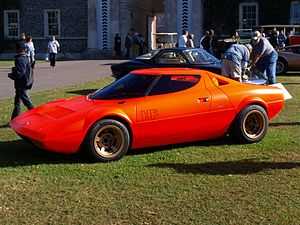
Общие данные
| Иные обозначения: | Lancia Stratos |
| Ferrari Dino V6 | |
|---|---|
| Производитель: | Ferrari |
| Марка: | Ferrari Dino V6 |
| Тип: | бензиновый |
| Объём: | 2418 см3 |
| Максимальная мощность: | 190 л.с., при 7000 об/мин |
| Максимальный крутящий момент: | 225 Н·м, при 4000 об/мин |
| Конфигурация: | V6 |
| Цилиндров: | 6 |
| Клапанов: | 24 |
| Диаметр цилиндра: | 92,5 мм |
| Ход поршня: | 60 мм |
| Cтепень сжатия: | 9 |
| Система питания: | 3 карбюратора Weber 40 IDF 28 |
| Охлаждение: | жидкостное |
| Клапанной механизм: | DOHC |
| Тактность (число тактов): | 4 |
| Красная зона: | 7800 об/мин |
| механическая 5-ступ. | |
|---|---|
| Тип: | механическая |
| Число ступеней: | 5-ступ. |
Характеристики
Массово-габаритные
| Колея задняя: | 1460 мм |
| Колея передняя: | 1430 мм |
Динамические
| Разгон до 100 км/ч: | 6 с |
| Макс. скорость: | 230 км/ч |
Другое
Lancia Stratos HF — автомобиль, выпускавшийся итальянским производителем автомобилей Lancia. HF в названии означает High Fidelity. Автомобиль более известен как Lancia Stratos.
Lancia Stratos HF считается первым в мире автомобилем, изначально созданным для участия в ралли. Проект создания вели менеджер раллийной команды Lancia Чезаре Фьорио (Cesare Fiorio), британский гонщик и инженер Майк Паркс и гонщик заводской команды Сандро Мунари.
Кузов был разработан главным дизайнером кузовного ателье «Бертоне» Марчелло Гандини, первый концепт-кар на агрегатах Lancia Fulvia под названием Stratos Zero, был впервые показан на Туринском Автосалоне в 1970 году.
концепт-кар Stratos Zero 1970 годаЭтот прототип позже появился в фильме Moonwalker Майкла Джексона в 1988 году, а также в его клипе Smooth Criminal. Stratos Zero шокировал руководство Lancia, но то внимание, которое было оказано прототипу, убедило их в необходимости продолжать работу. Воодушевленный испытаниями Stratos Фьорио Чезаре организовал встречу Нуччио Бертоне и Уго Гоббато (Pier Ugo Gobbato), руководителя Lancia. После этой встречи Уго Гоббато открыл дорогу этому проекту.
В ноябре 1971 году Lancia представила прототип Stratos HF (Chassis 1240) флуоресцентного красного цвета, отличительной чертой которого было ветровое стекло по форме полумесяца для обеспечения максимальной видимости вперед. В разработке кроме Марчелло Гандини – шеф-стилиста Bertone, принимали участие Джанпаоло Даллара (Gianpaolo Dallara), который, работая в Lamborghini, создал такие модели как Miura и Espada.
В качестве силового агрегата, после испытания нескольких вариантов, принято решение использовать двигатель V6 от Ferrari Dino 246 GT рабочим объемом 2418 см³[1], установленный поперечно. Этот силовой агрегат был проверен временем, так как вел свою родословную еще с 1957 года. На двигатель были установлены вертикальные карбюраторы Weber. Основой кузова была центральная жесткая секция-монокок, к которой сзади крепился пространственный подрамник для установки двигателя и подвески. Передняя подвеска и реечный рулевой механизм крепились непосредственно на монококе. В передней подвеске использовалась поперечные рычаги неравной длины, телескопические амортизаторы, соосные с пружиной, и регулируемый стабилизатор поперечной устойчивости. Поначалу сзади планировалось установить аналогичную конструкцию, но теснота в подкапотном пространстве вынудила применить подвеску типа MacPherson. Кузовные детали изготавливались из стеклопластика, спереди и сзади имелось так называемое интегральное оперение: быстросъемные передняя и задняя панели могли целиком откидываться — как на многих гоночных автомобилях для облегчения доступа к узлам и агрегатам. Радиатор располагался спереди, там же было запасное колесо, а сзади нашлось место для небольшого багажника объемом 148 литров, наличие которого обуславливалось требованиями FISA к автомобилям группы 4.
Окончательный вариант Stratos был представлен на Туринском автосалоне 1972 года
Обширное тестирование Stratos Lancia провела в нескольких спортивных мероприятиях, где было разрешено участие прототипов (Группа 5 в течение 1972 и 1973 сезонов). Производство 400 автомобилей, необходимых для омологации в группе 4 было начато в 1973 году и Stratos стал омологированным для участия в Чемпионате мира по ралли 1974 года (протоколом №640 от 01.10.1974)[2]. Startos предлагался по цене 8 469 000 лир (в апреле 1974 года). Выпущенные экземпляры оставались не распроданными до 1978 года.
Двигатели Ferrari Dino V6, устанавливающиеся на Stratos, перестали выпускаться в 1974 году, но 500 двигателей в числе последних были доставлены в Lancia.
Всего было изготовлено 492 экземпляра Stratos, что сделало Lancia Stratos HF очень редкой машиной. В настоящий время «Stratos HF Stradale» (дорожная версия) в хорошем состоянии стоит порядка 83000 евро, а гоночные версии оцениваются в несколько раз дороже.
Первое участие в соревнованиях произошло 4 ноября 1972 года в гонке «Tour de Corse» на Корсике. В течение 1972 и 1973 сезонов Lancia Stratos HF участвовал в Чемпионате мира по ралли в рамках Группа 5 (прототипы), а с 1 октября 1974 года в группе 4 (серийные подготовленные автомобили). Первую победу на Lancia Stratos была одержана на ралли Firestone в апреле 1973 года.
Для гонок двигатель был настроен до 280 л.с. (209 кВт), а с турбокомпрессором KKK мощность достигала 560 л.с. (418 кВт). Однако двигатели с турбонаддувом допускались к участию только в группе 5 и никогда не были такими надежными, как их безнаддувные версии. В середине 1974 года на часть машину были установлены 24-клапанная головка блока (270 л.с.). В 1975 году мощность двигателя увеличили до 260 л.с. на машинах с 12-клапанной головкой блока и 305 л.с. при 24-клапанной головке.
В руках Сандро Мунари и Бьерна Вальдегарда (Waldegård) автомобили выиграли чемпионские титулы 1974, 1975 и 1976 года, и, возможно, продолжили бы победную серию, но группой Fiat из экономических и стратегических соображений стал продвигаться более обычный «Fiat 131 Abarth». Без поддержки со стороны Fiat, и, несмотря на новые правила, которые ограничили мощность двигателя до 275 л.с., автомобиль оставался серьёзным конкурентом вплоть до 1981 года, когда на «Tour de Corse» во Франции победил частный гонщик Бернар Дарниш (Darniche) на Stratos (на этой трассе он также побеждал на Stratos в 1976 и 1979 году).
Построенное на базе Ferrari F430 Scuderia авто получило значительное развитие. Его длина — 4,1 метра, вес — 1247 кг. Распределение веса: 44% — спереди, 56% — на заднюю ось. Соотношение веса к мощности: 2,3 кг на одну лошадиную силу. 4,3-литровый двигатель V8 развивает мощность в 540 л.с. и более 500 Нм крутящего момента. Это на 30 лошадиных сил больше, чем у Scuderia. http://avtomaniya.com/pubsource/photo/1860/stratos-3jpg_IMGPWwNa5_image_small.jpg
Новый Stratos ездит на 19-дюймовых легкосплавных дисках, «обутых» в шины (265/30 (передние) и 315/30 (задние)) Dunlop Sport Maxx. Тормозная система Brembo в сочетании тормозными дисками диаметром 398 мм спереди и 350 — сзади, обеспечивает эффективное торможение.
Учитывая, что тестовая команда Pininfarina не смогла испытать авто на полных нагрузках из-за плохой погоды, скоростные параметры приведены предварительные. Несмотря на это, они довольно впечатляющие. Разгон до 100 км/час — 3,3 секунды, а 200 км/час Stratos достигает за 9,7 секунды. В ближайшее время инженеры планируют поставить новую заднюю ось, что позволит автомобилю не только разгоняться до 274 км/час, но и улучшат показатели разгона.
Проект по возрождению спорткара Lancia Stratos закрыт: 50 собранных заказов исполнены не будут. Инициатор возрождения Михаэль Штошек объяснил это позицией фирмы Ferrari, которая воспротивилась производству автомобилей фирмами, с которыми работает сама. Напомним, что в основу нового Стратоса должно было лечь купе Ferrari F430 Scuderia, а над его дизайном трудилось ателье Pininfarina.
http://www.autoreview.ru/shortnews/?id=120237 источник
dic.academic.ru
КомментарииК сожалению, возможность оставлять комментарии на сайте доступна только зарегистрированным пользователям. Пожалуйста, авторизуйтесь на сайте или пройдите простейшую процедуру регистрации.
Популярные автомобили
|
a2goos.com